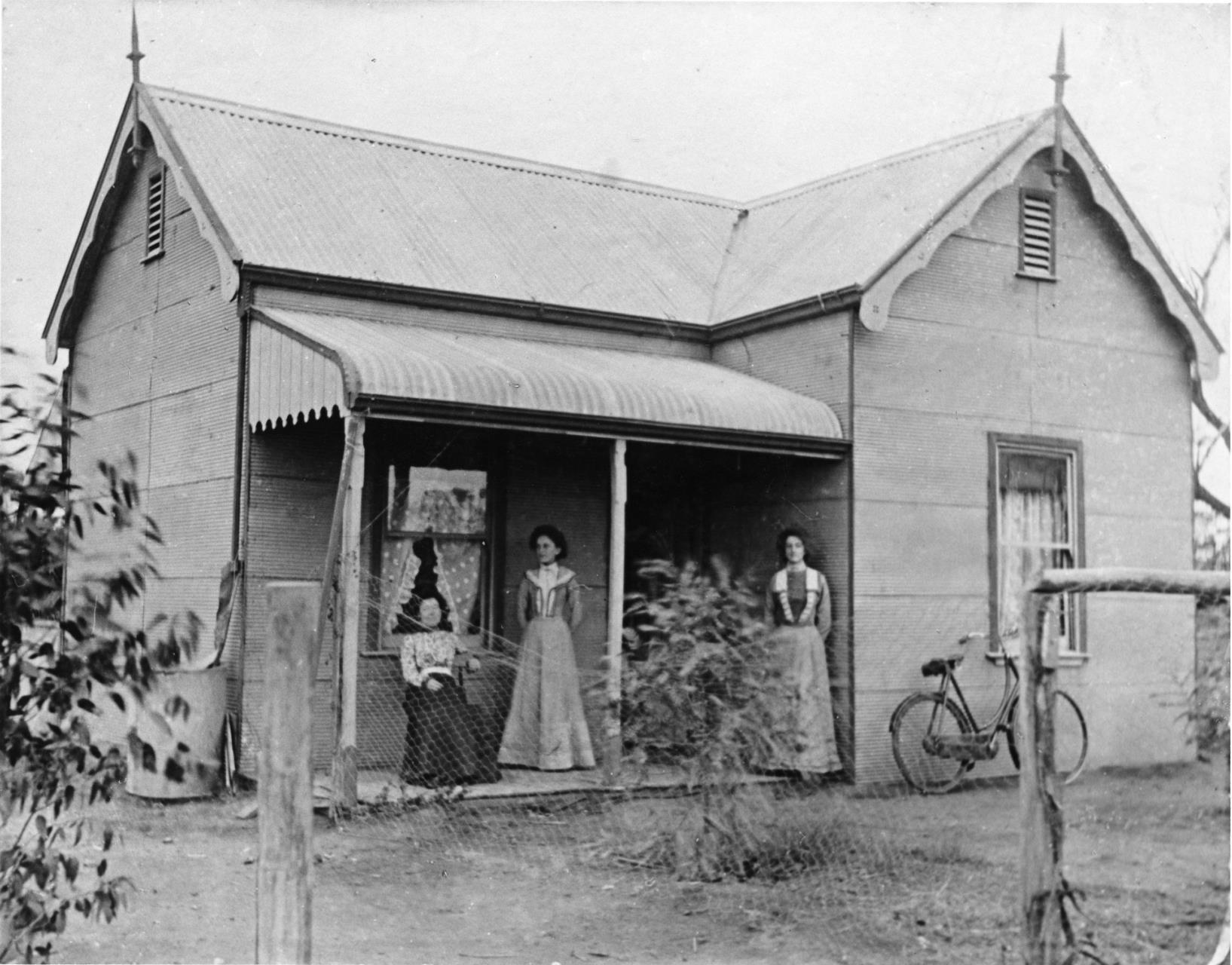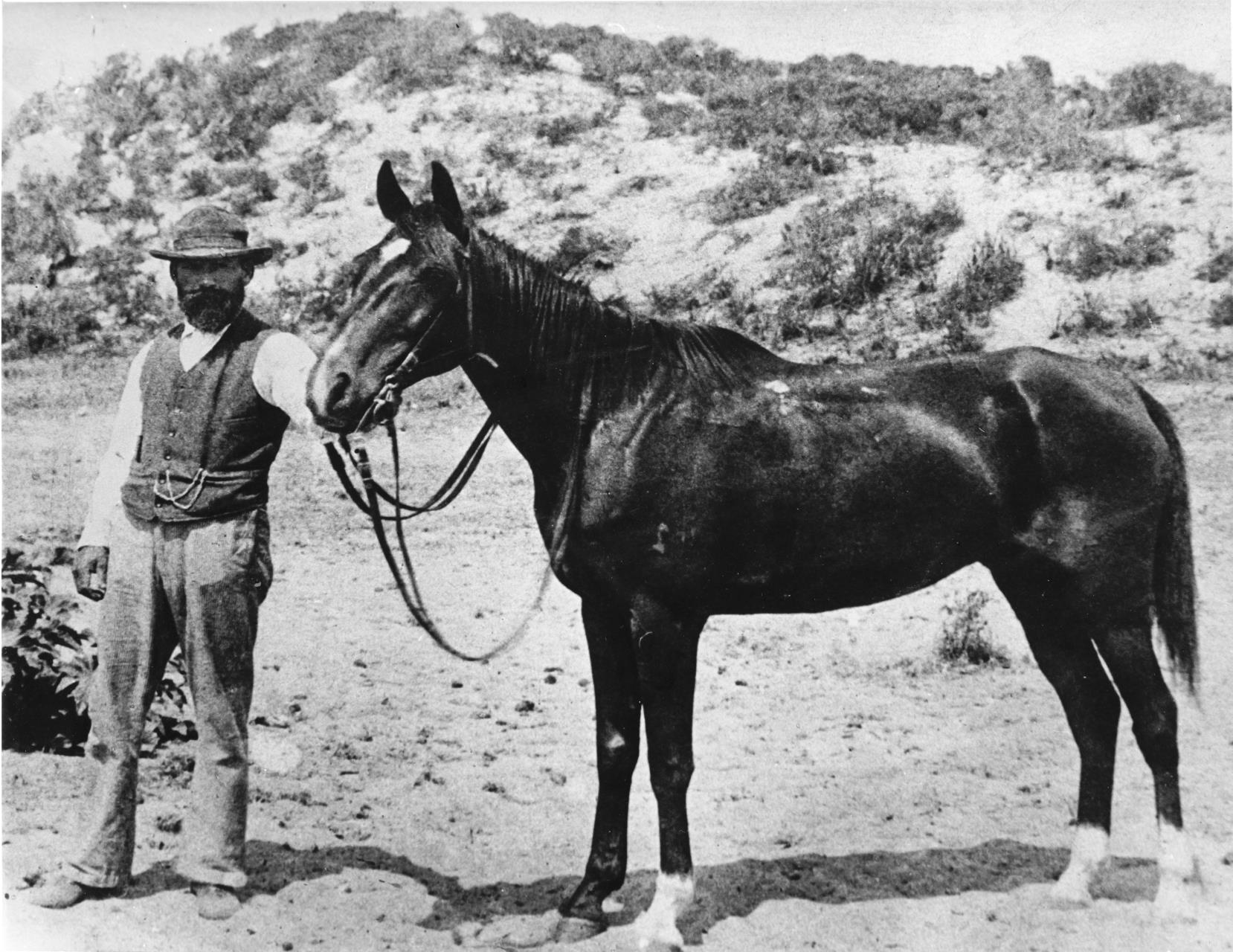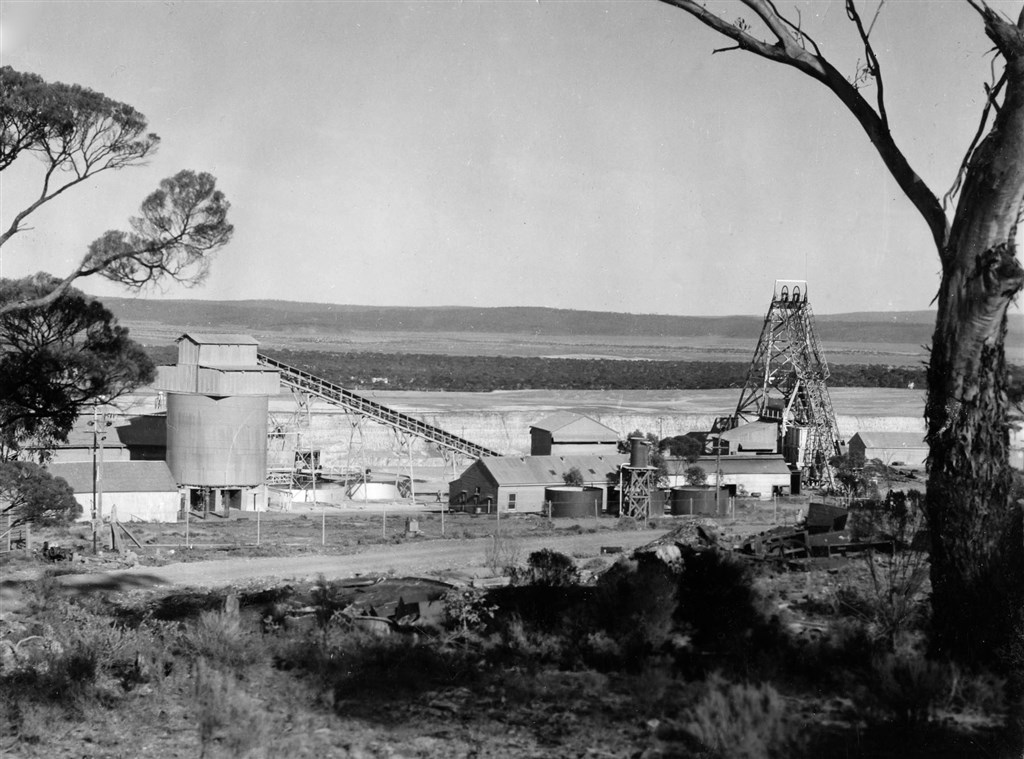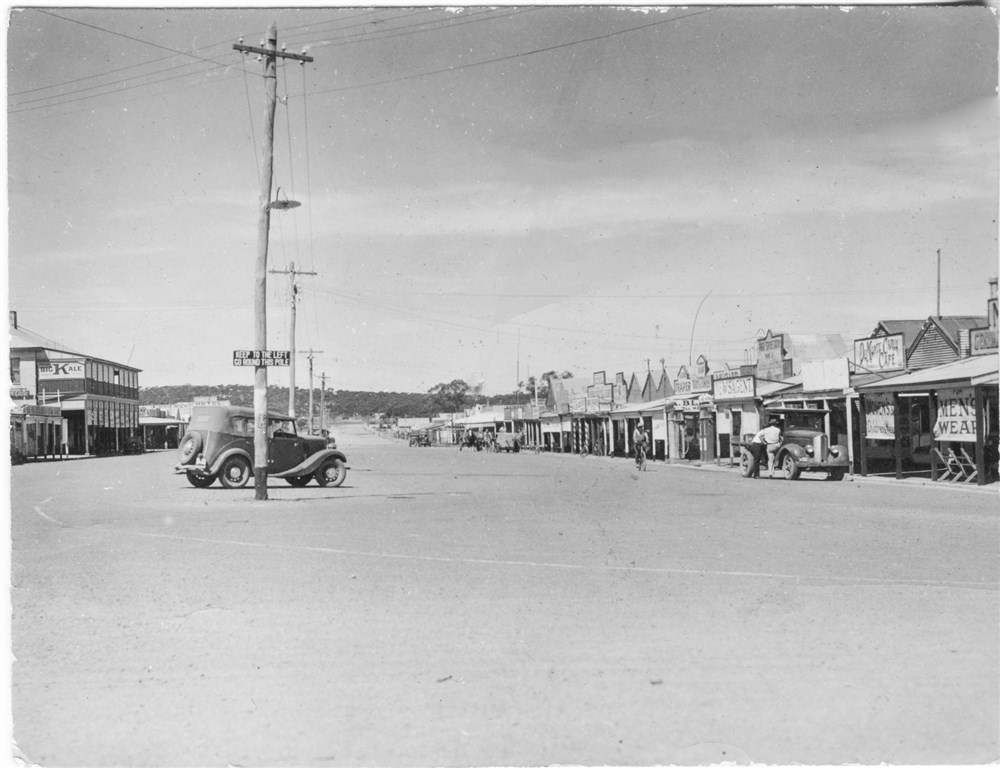History
Mining Heritage
The Norseman that stands today was born from its mining history and the pioneers that brought it to our township. Norseman sits as a gateway community at the end of the Eyre Highway, the first major town after crossing the border between Western and South Australia. Situated within the Goldfields region, Norseman is surrounded by other towns in the “Golden Outback” such as Coolgardie and Kalgoorlie-Boulder as well as the contrasting coastal town of Esperance.
The history of Norseman stems from the exploration of the South Coast by Edward John Eyre during the 1840’s, and the initial surveying of Western Australia by JS Roe who named the “Dundas Hills” in 1848. Flash forward to the late 1870’s where the Southern Area of Australia was at last connected to the rest of its country upon the completion of the Overland Telegraph Line between Albany and Adelaide.


The Golden Age
Gold was Dundas’ and furthermore Norseman’s claim to fame, the commodity putting the once non-existent town on the map. Prospectors began searching around pastures of the Dundas Hills area during the 1890’s. In this year, Mr. Moir of “Fanny’s Creek” found traces of alluvial gold. He ceased exploration until two years later when returning with a prospecting team, no gold was found. During this same time, other prospectors had begun to explore the area. In 1882, Messrs Mawson and Kirkpatrick discovered gold in the southern end of the field, naming it “May Bell”. Soon after this a rich outcrop of ore was discovered by Messrs Bromely, Mawson and Desjarlis. The following year, in August 1893 the “Dundas Field” was proclaimed, a catalyst for the establishment of the Dundas townsite after another two rich outcrops were discovered and registered under the name “Scotia”.
Laurie Sinclair immigrated to Australia with his family in 1863 from the Shetland Island. He worked closely with the Dempster brothers (whom were the original pioneers of Esperance). After an unsuccessful visit to the Coolgardie goldfield in 1893 Sinclair was returning to Esperance via Dundas. Here he located George and Jack Allsop whom were prospecting out from Dundas. Investigating a few specks of alluvial gold in a small gully, Sinclair joined the men on their prospecting endeavor. It was here that Laurie Sinclair discovered a rich gold reef which would be known to be “Norseman”.
Popular legend has it that after tethering his horse ‘Hardy Norseman’ up for the night Sinclair was surprised to discover that his horse had exposed a reef upon his return. Nonetheless the reef was registered by the men on the 13th of August 1894, the same day as a separate gold reef “Mount Barker” was registered by Messrs Ramsay, Talbot and Goodliffe.
Learn more at the Historical Museum
Early Day Norseman
Norseman struggled to establish itself during its first few years as Dundas was the major township in the area, both areas approximately 4 miles apart. However due the Norseman fields being richer than those in Dundas it gradually outgrew the latter, and in 1895 was declared a town, followed by its declaration as a Municipality the following year.


The year 1895 saw the first Post Office, Bank and Doctor arrive in town. The Doctor operating in a tent for a hospital. The first Newspaper was also printed in October of this year and followed in January by “The Norseman Pioneer”. The two joined together in 1899 and came out as “The Norseman Times” which circulated bi-weekly. By 1899 there were three churches, sporting facilities, five hotels and a carriage mail service known by “Cobb and Co Coaches”.
Water was supplied to the town by condensing lake water derived from the surrounding salt lakes. Water was also drawn from surrounding rocks situated north, west and east of the town until 1899 when a reservoir was constructed.
In 1901 a brewery and two general stores were built followed by another brewery in the next year. 1902 saw further infrastructure improve the town such as a dam, two new town halls and ten miles worth of watermains to carry water to parts of the town.
This increase in services within the town came from the booming of the Mines that sat within Norseman. The hand hauling method of extracting ore from the ground was replaced by a steam hauling plant. Between 1901 and 1903 gold was discovered five miles north of town, establishing a new town known as “Princess Royal” causing the Norseman population to slightly decline. This town however was abandoned during the 1920’s.
Norseman was linked to Coolgardie by railway in 1909, however the track did not continue to Esperance. Coaches were used to travel the 200 kilometre distance between Norsman and Esperance. The railway was completed in its entirety in 1929.
A theatre and telephone line were introduced in the 1910 period in addition to golf links and a racecourse being constructed. However, around this time the production of gold was decreasing rapidly due to the war and overworking of the reefs that had brought Norseman their prosperity resulting in the closure of majority of the major mines, causing the population to drop dramatically to 300 by 1920.
A group of local prospectors was formed to find a new gold reef, and in 1926 the "butterfly" was discovered, and the Butterfly Mining Company formed. In 1935 Western Mining came to Norseman which began a new era for the town. Money was put into improving the town and by 1936 the pipeline from Coolgardie was continued to Norseman. The company also gave the town electricity and with the backing of the company the Roads Board began work on footpaths and roads.
Today
The Norseman you see today retains the essence of its founders while embracing modernity. Gold mining remains an essential part of Norseman's economy with several active mining operations in the area. The Shire of Dundas' population sits at 677 as of 2021.
Serving as a gateway to the vast expanse of the Nullarbor Plain, Norseman offers travellers a glimpse into panoramic lookouts and outdoor adventures.
The town today has an IGA supermarket, two petrol stations, cafes, a laundromat and a variety of accommodation choices for visitors.
Visit Dundas